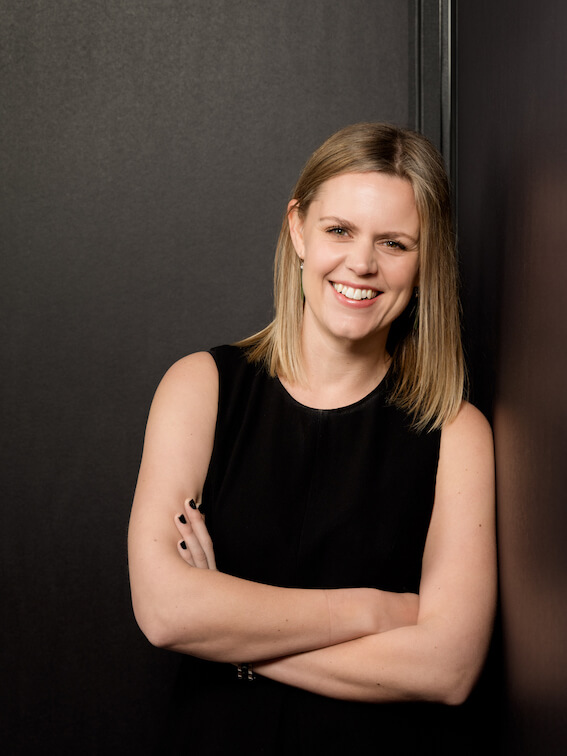There’s a parenting meme doing the rounds that really hit me in the feels recently. It goes “One day I’ll be happy my daughter is an independent, iron willed human with an unrelenting strong voice. But not today. Not in this grocery store.”
Of my three girls, Harriet is the youngest (3) and also, the most iron-willed. There are comments about apples and where they fall, but I’m not going to spend too much time on that.
The point is – this kid is tough as nails. And really, while it doesn’t feel like it at various points in the day, this is what I want. (Keeps repeating: this is what I want, this is what I want.)
Supporting our kids to be the kind of humans we know they can be requires walking the talk and creating the kind of conditions that makes it possible. Allowing them to be masters of their own destiny, take risks, make choices and fail occasionally. Expecting our kids to be resilient, independent and have a voice while not letting them get out and do things or push back once in a while doesn’t add up.
Families are like little microcosmic organisations, I reckon. Because the same logic applies. It’s trendy to invest in resilience training for our people at the moment – and no wonder. Emotionally resilient employees are adaptive to change, more engaged, perform better and waste less time. Who wouldn’t want that?
But guess what one of the key determinants of employee resilience is? Bet you know where I’m going here. Yep, it’s the work environment.
Resilient organisations need resilient people, this is true. But for sustained effectiveness, resilient people need resilient organisations even more.
There is an amazing little research unit operating out of the University of Canterbury which is doing some great work on the resilience front. One of their key pieces of research measured organisational resilience in organisations following the 2011 earthquakes. This work found that while initial crisis response is usually pretty good – people struggle through and do well in the face of a crisis – this can’t be sustained without the presence of some key characteristics and organisational frameworks.
Without empathetic leadership, systematic processes to capture learning, clear strategy and strong relationships, temporary heroism does not create enduring resilience. This is true from a crisis standpoint, but applies to what we call ‘planned’ or ‘first-order’ resilience as well. If we want employees who have fantastic wellbeing, work well together and are empowered to adapt in the face of change, we need to put the processes and structures in place to make that possible.
All too often, I encounter organisations who talk about ‘breaking down silos’ and ‘collaborative external partnerships.’ Far less often do I encounter organisations who support silo-breaking with cost codes, KPIs and policies, or empower managers to accept the risk and trade-offs they need to build meaningful stakeholder partnerships. Because those things are hard, and they feel more like loss than progress.
I think about this a lot with my kids too – how easy it is for me to nag them about taking responsibility or initiative, and how much harder it is for me to hand over the reins of control and let them learn those things for themselves.
But much like walking the talk – we don’t get those things unless we are willing to take the risk and put in the work to get there.
 Alicia McKay
Alicia McKay